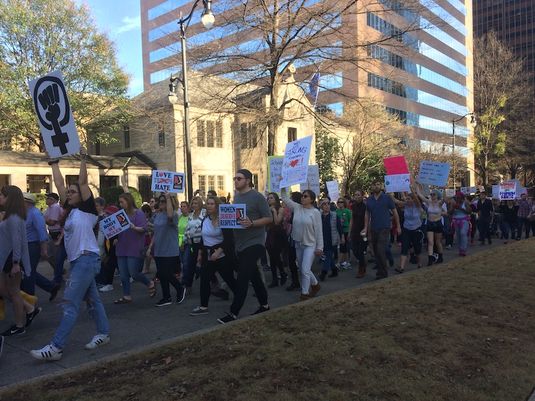
A long time ago cultural anthropologists earned their stripes by going into remote regions of the planet and embedding themselves with a group of people who theoretically had never been in contact with “the outside world.” Our cultural anthropologist would spend at least a year living amongst the people, speaking their language, observing their customs, and documenting those observations so that an accurate account, or ethnography, of the culture group could be produced.
As we all know the world metaphorically shrank so finding a completely isolated society became unrealistic. Cultural anthropology had to adapt, to learn to live, work, and be relevant in a globally connected world. And adapt it did, which leads us to today and some interesting questions cultural anthropologists are trying to answer, specifically can cultural anthropology live in cyberspace?
The internet, for many of us as ingrained in our lives as television, gives us access to a potentially massive audience. It’s therefore not surprising that people forming movements of any sort, but particularly of protest, would turn to the internet to get their message out. Take for example the recent Women’s March on Washington, which started with one woman’s Facebook page and went viral. A globally connected movement formed and, the actual march aside, the Women’s March on Washington’s Facebook page now has over half a million followers and their Twitter account has nearly 300,000.
What unites all of these “followers” is a common cause rather than a biological or geographical identity. So the question becomes, does common cause create a group culture that can be scientifically studied? Can fieldwork, traditionally done in person while physically living with a culture group, be done in the virtual world?
Drs. Yarimar Bonilla and Jonathan Rosa examined cultural anthropology in the context of the internet in their 2015 article, “#Ferguson: Digital protest, hashtag ethnography, and the racial politics of social media in the United States.” They ask the question, “can a hashtag become a field site?” Their answer? It’s complicated.
Bonilla and Rosa point out many potential problems that must be considered. For instance volume alone doesn’t tell us very much. There were eight million #Ferguson tweets after Micheal Brown was shot and killed by a police officer, but who were the tweeters? Were they journalists, activists, police officers? What motivated each person to tweet? Was the individual tweeter a habitual Twitter user or one seldom engaged? To really understand the context of the tweet, they argue that researchers must look at individual tweeters and see what they were posting prior to the tweet in question, who they were following, and what they were retweeting.
Ultimately what we can learn culturally from cyberspace has yet to be seen. Techniques for integrating anthropology and the digital world are still in the R&D phase. But what do you think, dear reader and user of the internet? Do you feel like part of a culture group when using social media? Is the feeling stronger when you get involved with a particular hashtag or trending topic? Let us know. Leave us a Facebook post. Send us a tweet.



